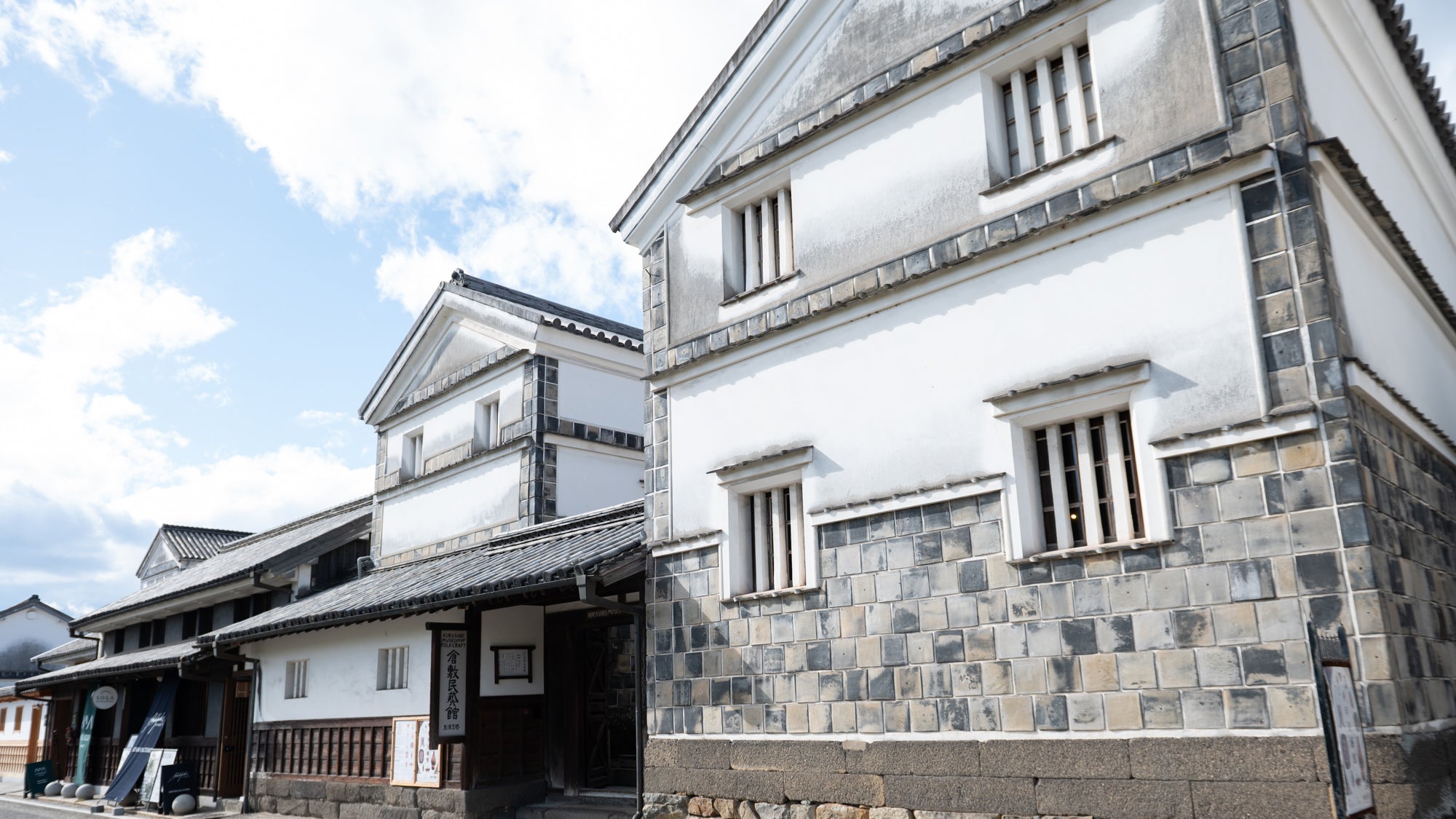Nestled amidst Japan’s architectural landscape are the Kura, traditional Japanese storehouses that have stood the test of time for centuries. Beyond their utilitarian function of storing valuables and goods, these structures hold a rich cultural significance, serving as symbols of resilience, heritage, and community. In this exploration, we embark on a journey to uncover the hidden treasures and cultural significance of Japanese Kura.

The Origins of Kura
Originating in medieval Japan, Kura were initially built to safeguard valuable commodities such as rice, silk, and precious artifacts from fire, theft, and natural disasters. Constructed with thick walls made of earth, straw, and plaster, Kura were designed to withstand the ravages of time and protect their contents against all odds.
Architectural Features and Design
Kura are characterized by their distinctive architectural features, including thick walls, small windows, and sturdy doors reinforced with iron fittings. The exterior walls often bear intricate lattice patterns or decorative motifs, adding to their aesthetic appeal. Inside, the storage spaces are arranged with shelves and bins made of wood or bamboo, providing ample storage for a variety of goods.
Cultural Significance
Beyond their practical function, Kura hold deep cultural significance in Japanese society. As symbols of wealth, status, and prosperity, these storehouses reflect the economic prosperity and social standing of their owners. In rural communities, Kura also serve as communal gathering spaces for festivals, ceremonies, and celebrations, fostering a sense of unity and belonging among residents.
Resilience and Sustainability
The durability and resilience of Kura are testament to the ingenuity and craftsmanship of traditional Japanese architecture. Built to withstand earthquakes, typhoons, and other natural disasters, these structures have stood firm for generations, safeguarding their precious contents and preserving Japan’s cultural heritage. In an age of environmental awareness, Kura also embody principles of sustainability, with their natural materials and time-tested construction techniques.
Preservation and Revitalization Efforts
In recent years, there has been a renewed interest in preserving and revitalizing Japan’s Kura. Many historic storehouses have been restored and repurposed as museums, galleries, shops, and cultural centers, showcasing the craftsmanship and legacy of traditional Japanese architecture. These efforts not only preserve Japan’s architectural heritage but also promote cultural exchange and appreciation on a global scale.
Conclusion: Embracing the Legacy of Japanese Kura
As guardians of Japan’s cultural heritage, Kura stand as timeless treasures that bridge the past with the present. From their humble beginnings as storehouses to their revered status as symbols of resilience and community, these architectural marvels continue to inspire awe and admiration around the world. As we embrace the legacy of Japanese Kura, we are reminded of the importance of preserving and celebrating our cultural heritage for future generations to cherish and appreciate.



